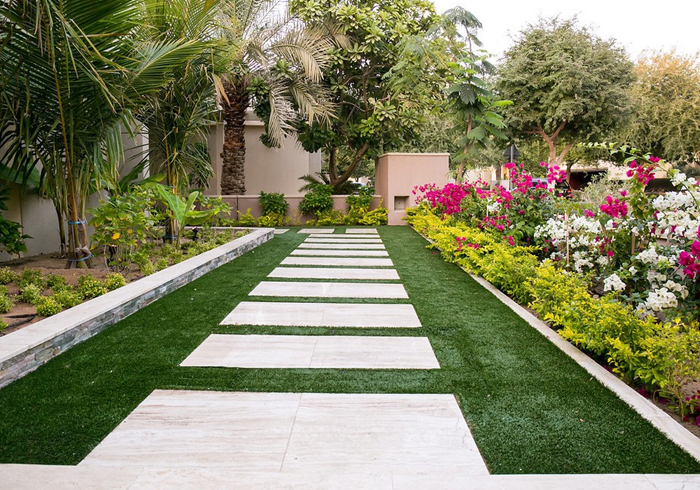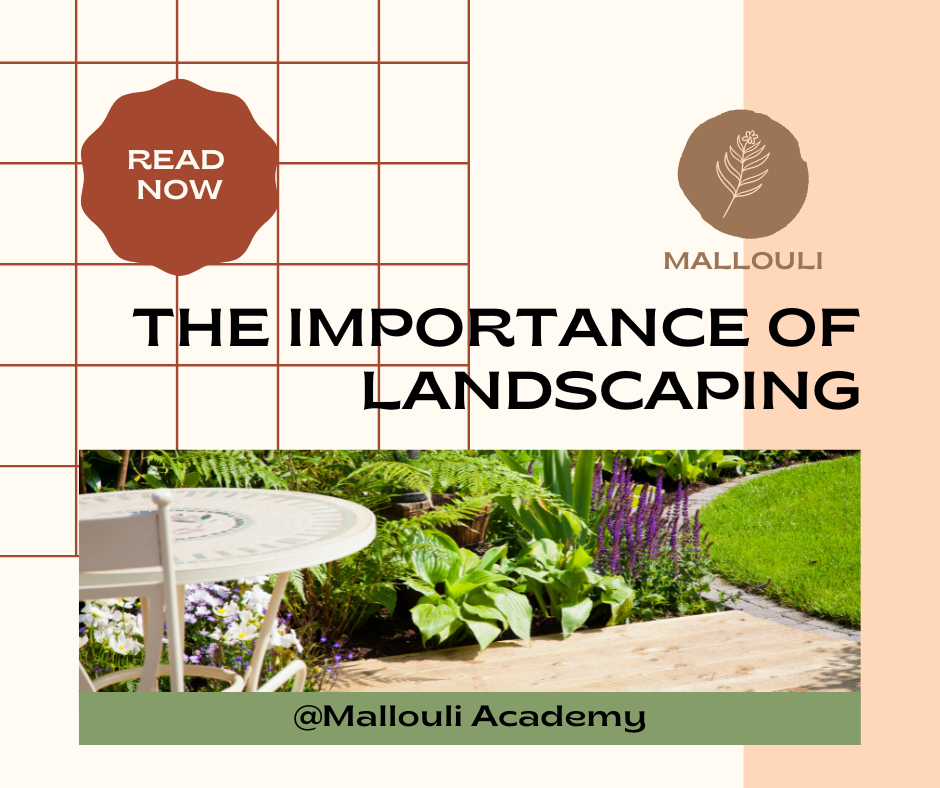The Of Landscape Design
The Of Landscape Design
Blog Article
The Only Guide to Landscape Design
Table of ContentsThe Main Principles Of Landscape Design The smart Trick of Landscape Design That Nobody is Talking AboutA Biased View of Landscape DesignThe Facts About Landscape Design UncoveredSome Known Questions About Landscape Design.
A yard can typically be separated right into 3 locations: public (the front lawn), exclusive (the back yard), and service (generally the side backyard). The area of activity locations depends mainly on the type of location, the dimension of room required, the kind of activity, and the desired closeness to various other activities and structures.The outside wall surface of the residence usually offers as the initial wall or beginning factor of an outdoor room. Incompatible uses must be separated, and relevant activities, such as cooking and eating, ought to be assembled to make the lawn more efficient and enjoyable. When making use of hardscape to produce areas, utilize construction material similar to that used in your home for connection from your house right into the garden.
Linked spaces. Credit Score: Gail Hansen, UF/IFAS Using similar hardscape functions and repeating plants pulls the eye around the garden. Important factors in the process can be highlighted with growings or features that draw focus and motivate movement in a specific direction. Moving along the path takes an individual from one area to the following and enables the individual to have a selection of experiences.
Excitement About Landscape Design

For psychological convenience plants are utilized as physical or suggested obstacles for personal privacy and safety. Physical barriers block both the sight and accessibility to an area and include fencings, wall surfaces and plant hedges. Implied barriers, generally low expanding plants, obstruct accessibility but not the sight (Number 9). Other functions of plants include cleaning the air, avoiding disintegration and dirt loss, preserving moisture in the soil, and returning raw material to the dirt.
Physical and suggested barriers. Credit Scores: Gail Hansen, UF/IFAS For these factors, the types of plants to be made use of (such as trees, shrubs, or groundcovers) need to be chosen in the onset of preparation (Landscape Design). Plant types are picked for their functional abilities so that their future purpose and needed area can be considered at the same time

Little Known Facts About Landscape Design.
Each plant mass is in front of, behind, or following to, another mass. Credit Score: Gail Hansen, UF/IFAS Duplicating plants within a mass and repeating masses with similar plants connects the garden together. The private plant characteristics need to be thought about to effectively layer and mass plants.
All plant make-ups start with the main structure plants, the big, primarily evergreen history plants-such as the trees and big shrubs. These plants different or enframe areas, manage the size of the check my reference room, and supply the beginning point for picking the proper features of the second layer, midground plants, for massing and infill.
Important factors in the garden need to be highlighted by the usage of special plants, unique structures, or yard accessories. Marking limits or entries to spaces can be made with gates, arbors, and actions, or through using unique and colorful plants. The form and/or style theme of the yard will often help establish the vital points and exactly how they must be highlighted.
Various other vital places in the lawn are focal factors, which is utilized to aesthetically organize a landscaped area. Various point of views or viewpoints can expose different make-ups in the landscape that might require a selection of focal points.
The Landscape Design Statements

Plant kinds. Credit Report: Gail Hansen, UF/IFAS After type, structure is the following leading function of a plant; rugged, tool and fine textures can be made use of for contrast and focus in the landscape.
The pleasant aroma of plants, the audio of wind in the trees, the sound and structure of water, and the shades and textures of sculptures, pots and garden furniture all add to the experience of the garden. One information that is typically ignored is the effect of light on the appearances of the plants.

A Biased View of Landscape Design
It is essential to understand the eventual fully grown size of plants so they can be placed in the right place and spaced appropriately when they are set up. Offering plants room to grow is an obstacle since the weblink usual mature dimension is usually based on optimum growing problems and the ecological problems of a site might trigger a plant to enlarge or remain smaller.
Report this page